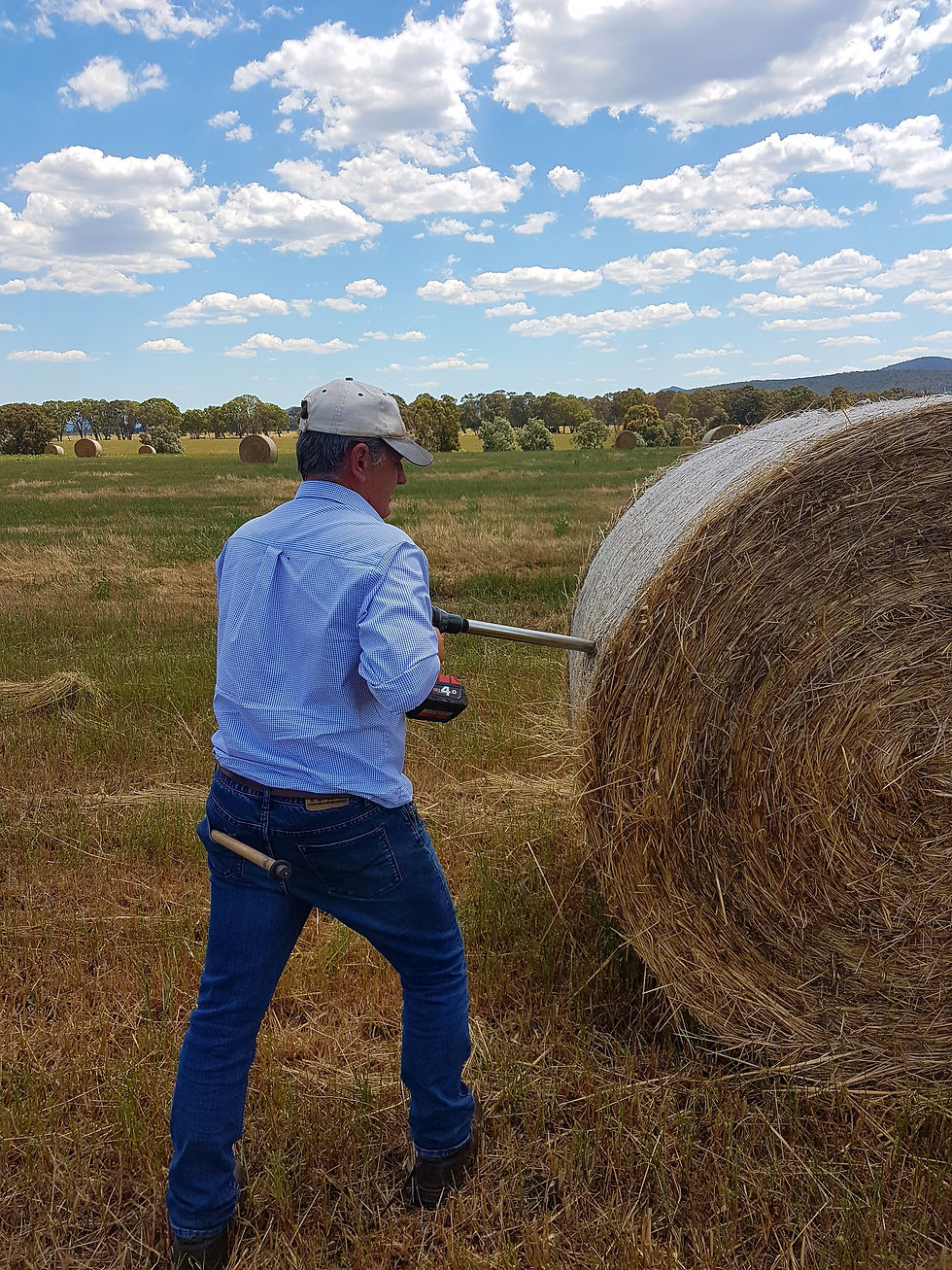JOINING & ENERGY
- Mikaela Baker

- Nov 30, 2017
- 2 min read
Updated: Jun 1, 2020

This spring we have seen many overcast days with a late finish to winter and delayed pasture growth rates. Without sufficient sunny days, perennial and annual grasses have had higher than expected impacts on herd health from the Non Protein Nitrogen (NPN) levels in the grass that are out of proportion to sugar content. This has been evident on some farms from high MU/MUN levels and visible in cows through stop-start urination and hot manure. Following this issue, becoming more widespread is the rapid change from vegetative grass to reproductive, with greater proportions of the grass as stem, causing lower energy and protein and higher NDF, meaning all of a sudden we aren’t feeding the energy we thought!
So with joining on our doorstep, here are some checks to make sure we are meeting the needs of our joining cows.
Is there too much NPN and stop-start urination?
If so, make sure ad lib salt is available and call one of our ruminant experts to assess the joining ration.
Is there greater than 45% NDF in the pasture? Is a large proportion of the grass stem, with not as much green leaf?
If so, consider adjusting the rotation to prevent stem elongation and the pasture going reproductive.
Is there enough useable grass on offer? Have a look and assess how much of the pasture is barley grass that the cows won’t touch, and then how much available grass we have left.
Remember, for conception we want a rising plain of nutrition and spare energy to tell the cow she is in a positive position to grow a calf!
Our Consultants
EXPERTS IN RUMINANT PRODUCTIVITY
Tom Thorn
0427 243 319
Owen Rees
0429 437 823
Mikaela Baker
0457 243 391
To download a copy of this article, please click the link below…




Comments